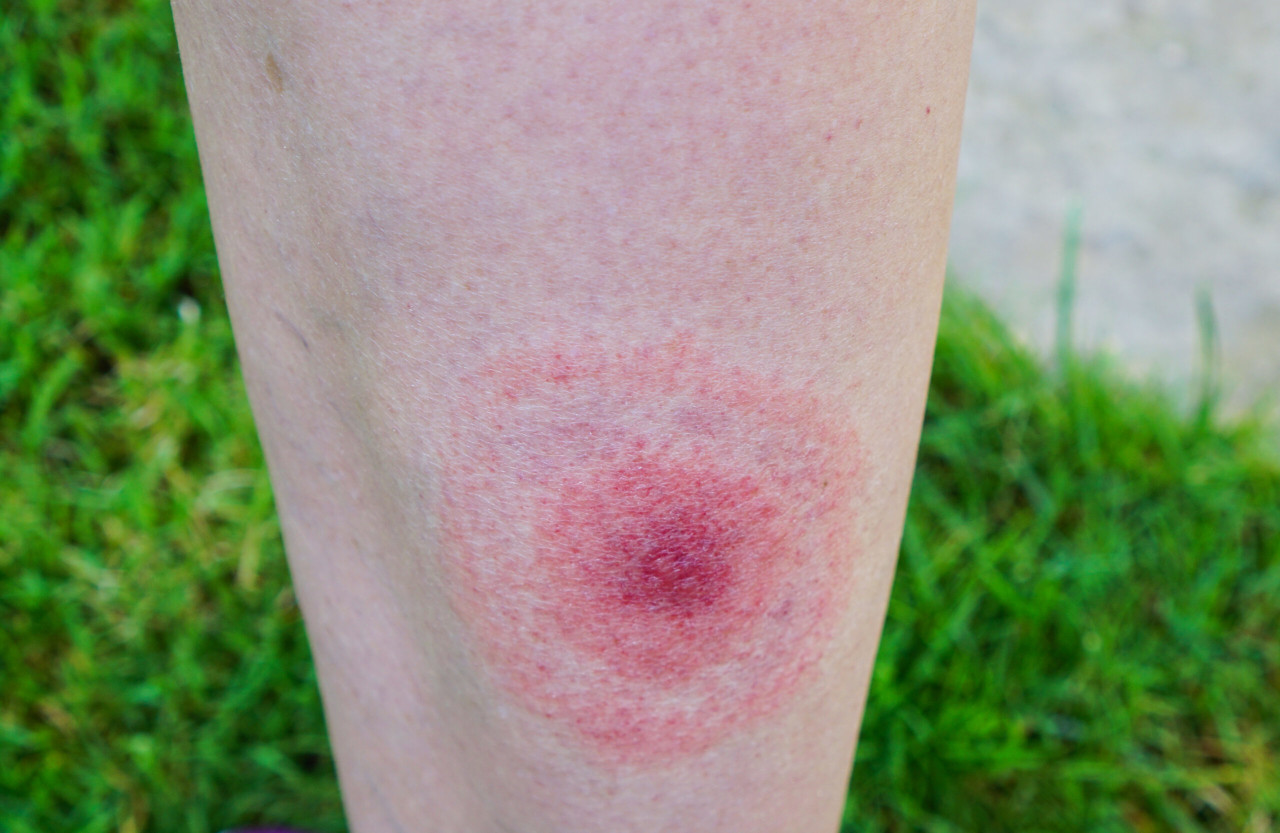Lymecare Alliance: A Comprehensive Guide to Resources and Support
Lymecare Alliance: A Comprehensive Guide to Resources and Support
Blog Article
Recognizing Lyme Disease-- Necessary Recognition for Prevention
Lyme condition remains a substantial public wellness issue, largely transmitted through the bites of infected ticks, particularly in regions with dense vegetation. The early recognition of Lyme illness is important, yet lots of individuals continue to be not aware of its symptoms or the environments that posture the highest possible danger.
What Is Lyme Disease?
If left without treatment, Lyme disease can advance to more serious phases, potentially impacting the joints, heart, and worried system. The illness can be testing to diagnose, as its signs can resemble those of other health problems.
Prompt recognition and treatment are critical in managing Lyme illness and protecting against problems, with early antibiotic treatment generally resulting in positive outcomes.
Exactly How Lyme Illness Spreads
Lyme condition primarily spreads with the bite of contaminated black-legged ticks, additionally referred to as deer ticks, which bring the germs Borrelia burgdorferi. These ticks are generally located in wooded or grassy areas, commonly staying on shrubs or low greenery. They need a blood meal from a host, such as people or pets, to grow and reproduce.
Transmission usually happens when ticks connect to the skin and stay for a long term duration, generally 24 to 2 days. The threat of infection increases with the period of add-on, as the microorganism is sent from the tick's saliva right into the host's blood stream. Ticks can be energetic during warmer months, especially in spring and summer, making outdoor activities a possible threat for direct exposure.
While black-legged ticks are the main vectors, other species, such as the Western black-legged tick, can also transmit Lyme condition. It is necessary to be vigilant in locations where ticks prevail. Preventative procedures include wearing protective apparel, making use of tick repellents, and carrying out extensive tick checks after outdoor activities to lower the probability of bites and subsequent transmission of Lyme condition.
Signs and Diagnosis
Identifying the signs of Lyme illness is crucial for prompt diagnosis and treatment, as very early intervention can significantly influence healing. One of the most identifiable early signs and symptom is the erythema migrans rash, which appears as a round, red lesion with a main cleaning, often appearing like a "bull's- eye." This rash typically establishes within 3 to thirty days after a tick bite and might be gone along with by flu-like signs and symptoms such as fever, cools, tiredness, muscle pains, and headaches.

Medical diagnosis of Lyme condition largely relies upon clinical evaluation, thinking about the client's symptoms and potential exposure to ticks in native locations. Research laboratory examinations, consisting of enzyme-linked immunosorbent assays (ELISA) followed by Western blot tests, can support the diagnosis yet are not definitive in early-stage Lyme illness. Motivate recognition and medical diagnosis are essential for starting ideal antibiotic therapy, which is most effective when provided early in the condition course.
Prevention Strategies
Avoiding Lyme illness calls for an aggressive strategy, specifically for people that hang around in locations where ticks are prevalent. The first line of protection entails putting on ideal clothing, right here such as lengthy sleeves and lengthy trousers, preferably made from firmly woven fabrics - Lymecare Alliance. Light-colored clothing can help in spotting ticks more conveniently. Furthermore, putting trousers into socks and using tick-repellent products having DEET or permethrin can dramatically lower the threat of tick accessory.
Routinely inspecting oneself, youngsters, and animals for ticks after outdoor tasks is important. Ticks ought to be without delay eliminated using fine-tipped tweezers, realizing them as near to the skin's surface as feasible. It is recommended to bath within two hours of returning inside, as this can assist eliminate ticks before they attach.

Treatment Choices
Efficient monitoring of Lyme condition pivots on prompt and ideal treatment check out here options, which primarily involve antibiotic therapy. Early localized Lyme disease is commonly treated with oral prescription antibiotics such as doxycycline, amoxicillin, or cefuroxime axetil for a period of 10 to 21 days.
In situations of early disseminated Lyme disease, where neurological or cardiac symptoms may arise, a much longer training course of dental anti-biotics or intravenous Our site anti-biotics might be called for. For clients experiencing persistent signs after first treatment, recognized as Post-Treatment Lyme Illness Syndrome (PTLDS), a much more intricate management approach may be required. This can entail a multidisciplinary strategy, dealing with not only the physical symptoms however additionally mental aspects, as tiredness and cognitive problems are common.
It is important for clients to take part in open interaction with their doctor to customize treatment strategies to their certain requirements, making sure the very best possible end results in the monitoring of Lyme illness.
Conclusion
Lyme disease poses significant wellness risks mainly as a result of its transmission via contaminated black-legged ticks. Early acknowledgment of signs and symptoms and punctual medical diagnosis are critical in handling the ailment efficiently. Carrying out safety nets, such as safety apparel and tick repellents, dramatically lowers the likelihood of infection. Continued awareness and education and learning about Lyme illness are essential in alleviating its impact, consequently advertising much healthier areas and securing public health versus this prevalent tick-borne illness.
Lyme disease mainly spreads with the bite of infected black-legged ticks, likewise understood as deer ticks, which bring the microorganism Borrelia burgdorferi. Lymecare Alliance.While black-legged ticks are the key vectors, various other varieties, such as the Western black-legged tick, can additionally send Lyme condition. Preventative actions consist of putting on safety garments, making use of tick repellents, and performing detailed tick checks after exterior tasks to minimize the probability of bites and subsequent transmission of Lyme disease
Diagnosis of Lyme condition largely counts on scientific examination, taking right into account the client's symptoms and potential direct exposure to ticks in native to the island locations.Lyme illness poses significant wellness dangers mainly due to its transmission through contaminated black-legged ticks.
Report this page